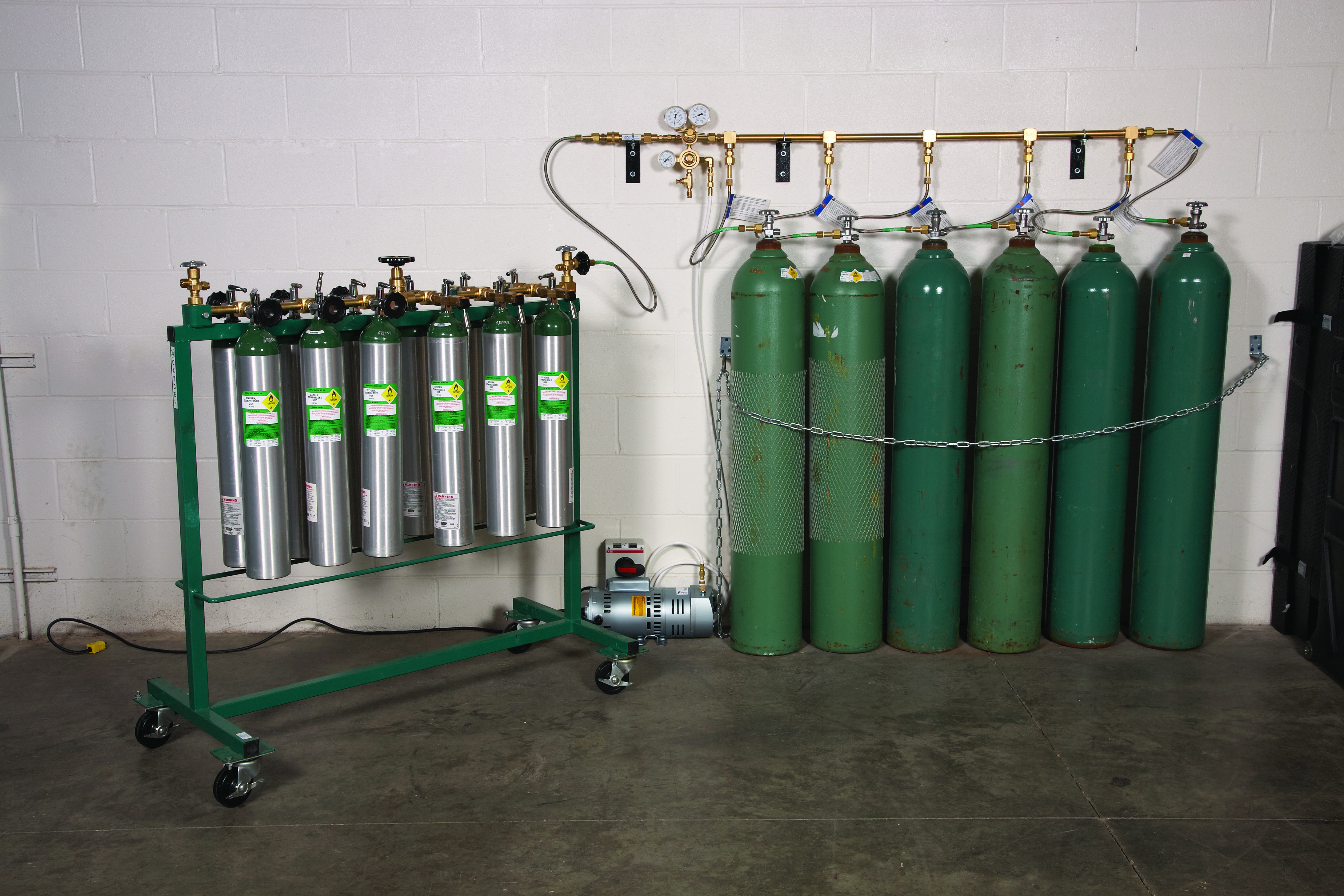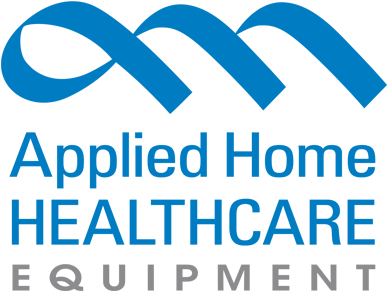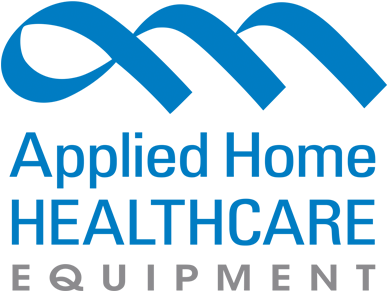PRODUCT CATEGORIES
CLASSES/REGISTRATION
WHAT'S YOUR ROLE?
Cylinder Safety Rules You Need to Know

Here are four regulatory rules you should follow when transporting, moving, and storing or working with compressed gas cylinders.
1. Know Your Cylinder Numbers and Prevent Gas Mix-Ups.
Connecting the wrong gas to a system or connection can cause serious injury (just think if you accidentally gave a patient nitrogen instead of oxygen?) The two connections applicable for medical oxygen are:
- CGA 870 - common on M6 or E
- CGA 560 - common on largest tanks, like H or T
The main difference you will see if that a CGA 870 has a post valve, where a regulator can slide down and lock its pins into the post and a CGA 540 looks like a faucet - the regulator screws one the valve.
2. Oxygen cylinders in storage must be separated from fuel gas cylinders or combustible materials -
(especially oil or grease), a minimum distance of 20 feet (6.1m) or by a noncombustible barrier at least 5 feet (1.5 m) high having a fire-resistance rating of at least one-half hour.
3. Cylinders containing oxygen must not be stored in confined spaces.
4. Inside of buildings, cylinders must be stored in a well-protected, well ventilated, dry location -
at least 20 feet (6.1m) from highly combustible materials such as oil or excelsior. Cylinders should be stored in definitively assigned places away from elevators, stairs, or gangways. Assigned storage places shall be located where cylinder will not be knocked over or damaged by passing or falling objects, or subject to tampering by unauthorized persons. Cylinders must not be kept in unventilated enclosures such as lockers and cupboards.
You Might Also Like
Subscribe to our Newsletter
Get the latest regulatory info, accreditation news and exclusive discounts!
 View Cart []
View Cart []
